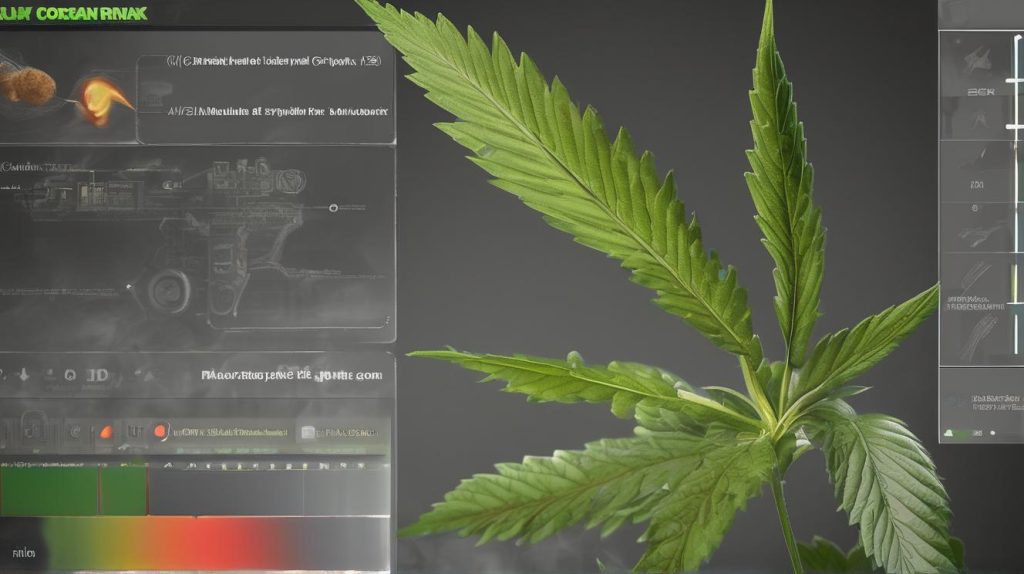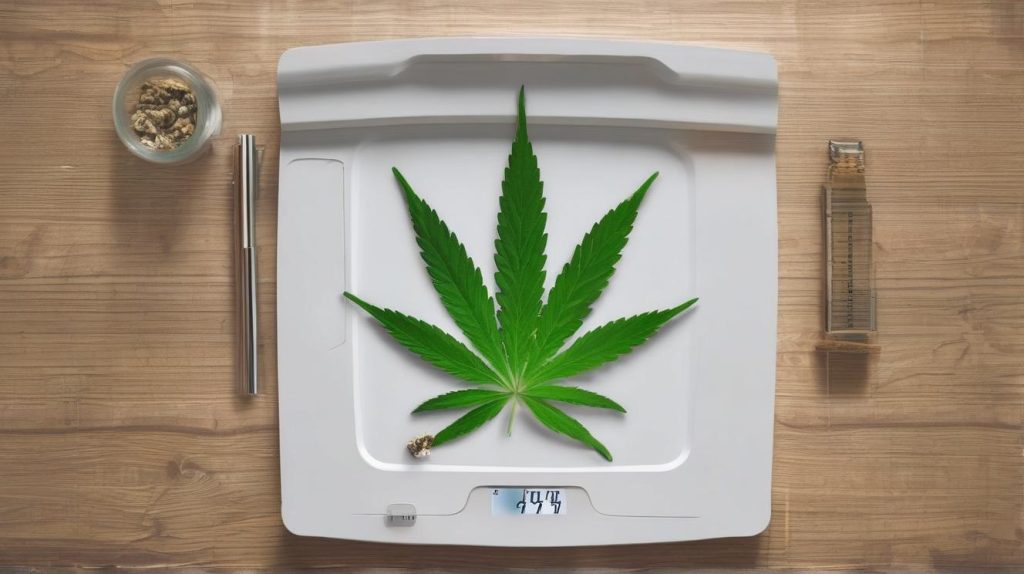
Understanding Tropical Cannabis: Why It’s Rare, Its Growth in Wet Climates
I’m about to take you on a wild ride through the world of tropical weed. Now, you might be thinking, “Tropical weed? What’s that?” Let me tell you, it’s like a beach vacation for your senses. Think papaya, bananas, and pineapple flavours all rolled into one hazy, smoky delight.
But here’s the kicker – this stuff ain’t easy to come by. These strains like their light cycle just so, and growing ’em requires a bit more finesse than your average Mary Jane. You have your Amnesia Haze, Tropical Runtz, and Tropical Kush, each with unique character and charm.
What’s up with this Tropical Cannabis Scene?
Now, let’s get down to business. What’s all the buzz about this tropical cannabis, right?
But here’s the thing – these strains are as rare as hen’s teeth. Growing them ain’t a walk in the park. They have their own rhythm their own unique light cycle. And let me tell you, it’s a delicate dance. You gotta have the right touch, the right know-how, to bring these babies to life.
And then there’s the prevention and control program. Even in paradise, pests can pop up. But don’t worry, we’ve got the 411 on keeping those pesky intruders at bay.
Tropical cannabis is not just a strain; it’s an experience, a journey to a land of flavour, aroma, and pure, unadulterated joy.
The Uniqueness of Tropical Zones: A Deep Dive
Let me tell you a little secret about the tropical zones, my friends. It’s like the sweet spot on Earth, a paradise where cannabis plants thrive in all their glory. These regions lie smack-dab in the middle of the globe, sandwiched between the Tropic of Cancer and the Tropic of Capricorn. It’s a world of its own, defined by high temperatures, intense sunlight, and a whole lotta moisture.
Now imagine this. You’re in a tropical climate, where the monthly average temperature is a balmy 18 °C (64.4 °F) or higher, even in the most incredible month. The air is thick with humidity and hot all year round. Oh, and did I mention the rain? It’s like Mother Nature’s got her sprinklers on, nurturing our green goddesses with abundant water.
In these tropical climates, the light cycle plays a crucial role. It’s like the maestro conducting an orchestra, dictating the rhythm of growth for our beloved cannabis plants. The intense vertical sunlight drives the photosynthesis process, fueling the development of these magical herbs.
But that’s not all. The tropical climate is as diverse as the strains of cannabis we love. You’ve got your savannahs, dry forests, and monsoon forests, all shaping the seasons. And within these ecosystems, our cannabis plants find their sweet spots, each adapting to the unique conditions, each dancing to its own tune.
See, in these tropical zones, our cannabis plants are like celebrities living the high life. They’re basking in the sun, soaking up the rain, and growing like no tomorrow. It’s a sight for sore eyes, my friends, a spectacle of nature at its best.
Is it Time for a THCV Revival?
These babies have their own rhythm and their own light cycle. It’s like they’re dancing to a beat only they can hear. And trust me, nurturing these green goddesses ain’t easy. It’s all about that delicate balance that Auto Spend on time, care, and just the right amount of love.
But here’s the kicker – these strains are as rare as a blue moon. They’re the unicorns of the cannabis world. And when you finally get a hold of them, it’s like striking gold. The flavours, the high, it’s all a one-way ticket to paradise.
Scoring the Unicorn: The Tropical Cannabis Saga
Picture this: you’re chilling in an equatorial paradise, surrounded by Cream Auto, Purple Kush, and White Widow Auto. These ain’t your average cannabis plants, my friends. They’re the unicorns of the weed world, rare, elusive, and oh-so-magical.
Think about the Tropical Runtz, a sativa-dominant hybrid born from the famous Runtz and Tropic Truffle cross. Or the Hawaiian Haze, Maui Wowie, and Pineapple Express, each with unique character and charm.
And why are these tropical strains so rare, you ask? Well, they contain THCV, a rare healing compound that delivers a powerful high. So, scoring these strains is like finding a pot of gold at the end of a rainbow.
Conclusion
Tropical cannabis, while rare, thrives in the unique conditions of low and wet climates. These regions provide the perfect combination of intense sunlight, consistent temperature, and ample rainfall required for cannabis growth. However, certain strains display better adaptability to these conditions. Sativa strains, for example, show more vigour in the tropics than Indica strains. While growing cannabis in such regions can have environmental impacts due to water usage, the cultivation of mould-resistant strains has been identified as a potential solution. The richness of tropical climates for cannabis cultivation underscores nature’s fascinating adaptability and the endless possibilities for future exploration in this field.



